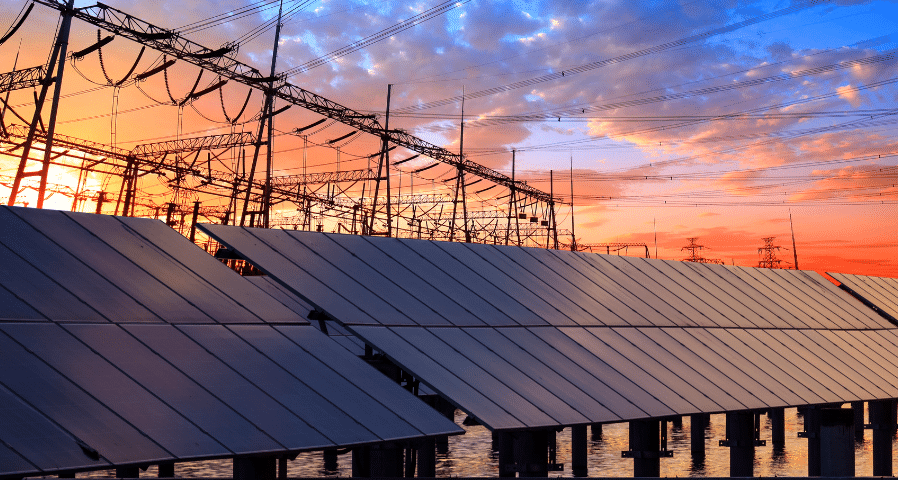The solar industry in the United States has grown rapidly in recent years, powered by strong federal incentives and a renewed push to reduce reliance on foreign energy supply chains. At the center of this growth are solar panels, which have become a symbol of the nation’s clean energy ambitions. Alongside rising demand, U.S. solar factories and manufacturers are playing a critical role in reshaping the global energy landscape.
Growth Fueled by the Inflation Reduction Act
When the Inflation Reduction Act (IRA) was signed into law in 2022, it introduced a new era for clean energy. The legislation included tax incentives designed to accelerate renewable energy adoption, particularly by supporting solar manufacturing within the United States.
According to the Solar Energy Industries Association (SEIA), more than $45 billion has been invested in U.S. solar factories since the IRA’s passage. Of that, $9.1 billion went into facilities already operating, with another $36.7 billion committed to plants under construction or development. Once completed, these investments could create nearly 60,000 manufacturing jobs.
This surge in activity means the U.S. will soon be able to produce enough solar panels to meet most of its domestic demand—a milestone that was unthinkable just a few years ago.
The Risk of Rolling Back Incentives
Despite this progress, uncertainty now looms over the industry. Lawmakers are considering proposals to phase out or roll back the very tax credits that spurred investment in solar manufacturing. If these credits disappear prematurely, companies building new solar plants may shift back to purchasing cheaper foreign-made solar panels, largely from China and Southeast Asia.
Industry experts warn this would leave U.S. solar factories at a disadvantage and undermine efforts to onshore clean energy production. Doug Lewin, an energy consultant, notes that without incentives, American manufacturers risk being stranded as developers chase the lowest-cost products abroad.
Past Efforts and Tariffs
While the current boom is tied closely to the IRA, efforts to support solar manufacturing go back further. President Donald Trump introduced tariffs in 2018 on imported solar cells and panels after determining that a surge of imports was harming domestic companies. These measures offered temporary relief but were not enough to scale the industry to meet demand.
The Biden administration’s tax incentives, however, added the necessary demand driver for American-made solar panels, giving domestic factories a chance to expand and compete on the global stage.
The Stakes for U.S. Competitiveness
The debate over incentives is not just about the future of U.S. solar factories, it is about international competitiveness. Analysts argue that if given more time, U.S. manufacturers could scale operations to rival China’s dominance in solar production. Such a shift could provide not only economic benefits but also greater energy security for America and its trading partners.
Supporters of the tax credits emphasize that renewable energy is already cost competitive with fossil fuels, but maintaining incentives helps ensure solar panels are sourced domestically. Without them, the U.S. risks losing its momentum and ceding leadership in the clean energy economy.
Looking Ahead
The outcome of ongoing policy debates will shape the trajectory of the solar industry for years to come. A rapid rollback of tax credits could slow projects, raise electricity costs, and force businesses to rely on natural gas rather than renewable sources. On the other hand, a gradual and carefully managed phaseout could provide the market certainty manufacturers need to expand and establish a sustainable foothold.
As global demand for solar panels continues to grow, U.S. solar factories have an opportunity to become a central player in the 21st-century energy economy. The path forward will depend largely on whether policymakers choose to maintain support long enough for domestic solar manufacturing to thrive.
Click here to read the full article, originally published June 7, 2025, by NPR.






0 Comments